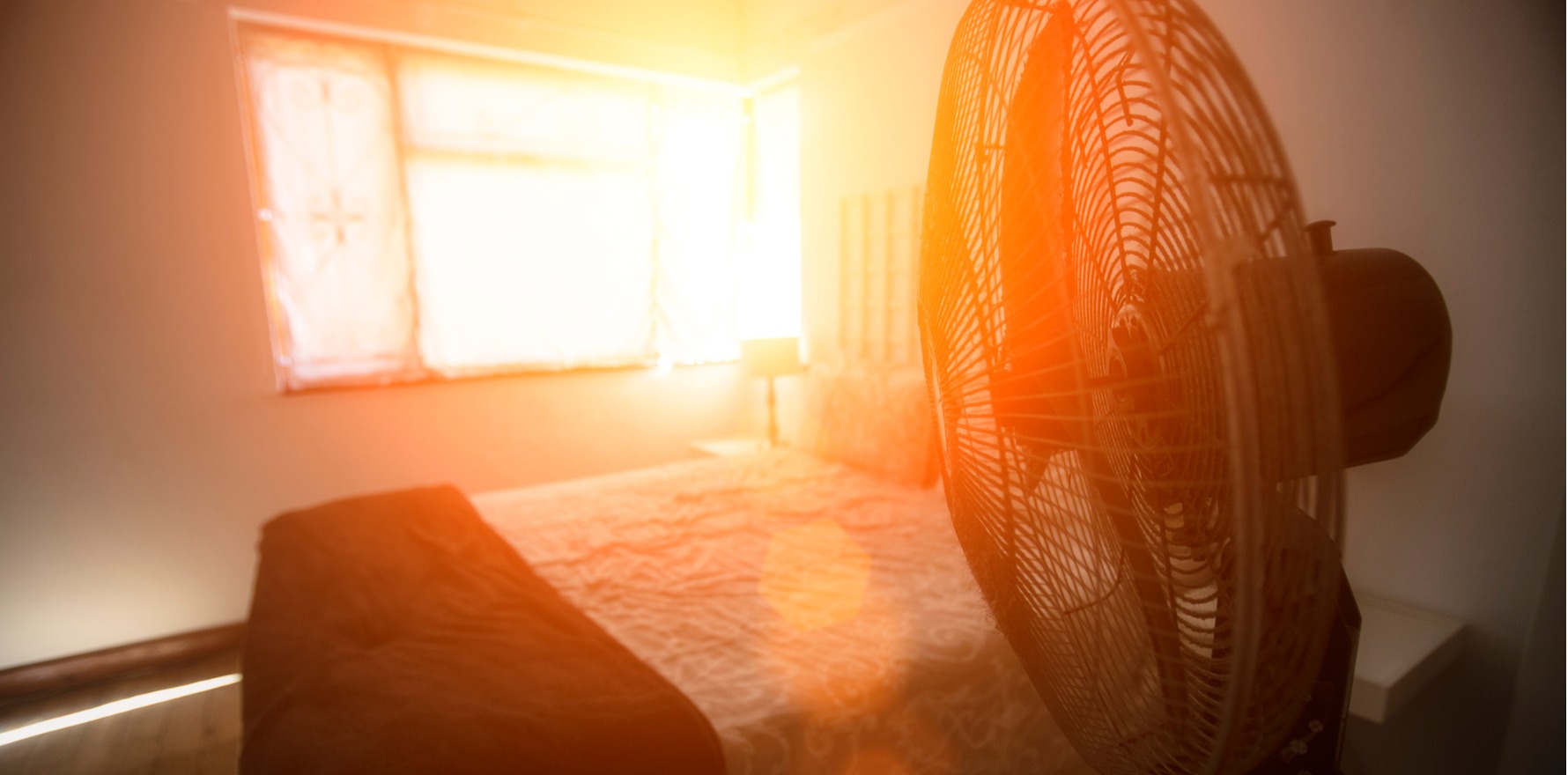Extreme heat and other ramifications of climate change could trigger traumatic stress, a clinical psychologist says.
Climate change is upending the conventional belief that anxiety is an overreaction to a threat, according to one expert.
Clinical psychologist Ruth Nelson believes climate change will be increasingly responsible for trauma and other mental health harms – and urges doctors not to dismiss these feelings as unreasonable.
Ms Nelson is based in Western Sydney, an area often referred to as a heat island and one that experts predict will be too hot for people to live in within decades.
She told TMR she frequently hears clients talk of feelings of dread, hopelessness, and powerlessness regarding the impacts of climate change.
“Often, when we’re treating anxiety disorders, we’re making the presumption that the anxiety is a disproportionate reaction to a perceived danger, that actually, whatever the person who has anxiety is anxious about, it is not that bad,” Ms Nelson said.
“Anxiety is a protective mechanism that’s trying to keep us safe from danger. And with eco-anxiety, with this dread about climate change, it’s actually a proportional response to the threat posed by catastrophic climate change.”
Ms Nelson said characterising eco-anxiety as a mental illness reduced someone’s capacity to respond appropriately.
“Because we’re treating them as though they shouldn’t be anxious when, if anything, we should probably be more anxious given the inaction that’s happening on climate change.”
For many of her clients, eco-anxiety compounded other health vulnerabilities.
“I work predominantly with people who face a lot of different challenges and eco-anxiety is just one piece on top of that,” Ms Nelson said.
“Because I work in an Aboriginal setting, the climate injustice is quite strongly linked to racial injustice.
“First Nations people are disproportionately impacted by climate change, and they are especially vulnerable to extreme heat and to bushfire smoke because of an increased incidence of pre-existing health conditions.”
Patients debilitated by eco-anxiety still needed to be supported in the usual ways, she said.
One of the most important strategies was to develop referral relationships with mental health practitioners who accepted the reality of climate change and would help patients with values-based action and acceptance tools, Ms Nelson said.
Not minimising patient’s feelings was also important, she said.
“It can be very tempting when someone is anxious to say, ‘it’s not that bad, you’ll be OK’.
“But we can listen to them and validate the truth in what they are saying, for example, ‘it makes sense that you feel this way, what is it that we can do about it?”
Eco-anxiety arises from feeling powerless against the threats they face from a warming climate. But helping a patient identify ways to take action that match their values can help, she said.
While distress caused by environmental change was still an emerging area of research, Ms Nelson said she had noticed a new vocabulary emerging in clinical practice.
This included the term ‘solastalgia’, a kind of homesickness and distress a person experiences when seeing a beloved place being destroyed around them.
Many Australians may have experienced this during the Black Summer bushfires when fire and pervasive smoke meant patients’ sense of safety in their homes was threatened. This made the sometimes abstract notion of climate change real.
“We can view extreme heat as a mechanism akin to traumatic stress,” Ms Nelson said. “[Outcomes include everything from] minimal distress through to clinical disorders from anxiety, sleep disturbance, depression, PTSD, self-harm, suicidality, increased substance use or misuse.”
The effects may be even more wide-reaching. Ms Nelson believed climate change could also cause intergenerational trauma, as parents anxious about extreme heat and climate change pass that on in their parenting.
Even in the short term, studies show self-reported mental distress increased during sustained periods of hotter temperatures.
“People with pre-existing mental illness are actually three times more at risk of death in a heat wave than people without pre-existing mental illness,” Ms Nelson said.
Some reasons for this higher risk are that some medications make patients more vulnerable to heat exhaustion, and because some mental illnesses may cause people to be less able to look after themselves.
Given the prevalence of mental illness across the population, extreme heat could affect a large number of people, she added.
There are other more surprising ramifications of climate change. Hostility and aggression are also known to increase with extreme heat, Ms Nelson said. “Basically, hotter cities are more violent cities,” she said.
“And there’s a pretty clear link between rising temperatures and increased suicide rates.”
Australia’s healthcare system already struggles to deal with the country’s mental health burden, so the strain will only increase unless more is done to either equip the system or combat climate change, she said.
As a result, Ms Nelson believes health practitioners also have a responsibility to use their “social capital” to pressure governments to take meaningful action on climate change.
“Because if the majority of the population is affected by this – and different groups are more vulnerable based on geographic conditions, and lack of access to resources or information or protection – it is caring for that patient in front of you, and the next patient and the next patient, to lobby government, otherwise people are going to be dying in greater numbers.
“It’s all well and good to say doctors shouldn’t be political but being silent is political.”
Ms Nelson’s comments follow a recent Lancet-MJA editorial calling for Australia to establish a national plan to address the health consequences of climate change.
“We remain hopeful all Australian governments will aspire to the leadership shown nationally with the COVID-19 pandemic and effectively deal with climate change now, understanding the major health risks of neglecting this issue,” Professor Nick Talley and colleagues wrote.
Previous: Heatwaves a ‘risk magnifier’ for vulnerable patients





